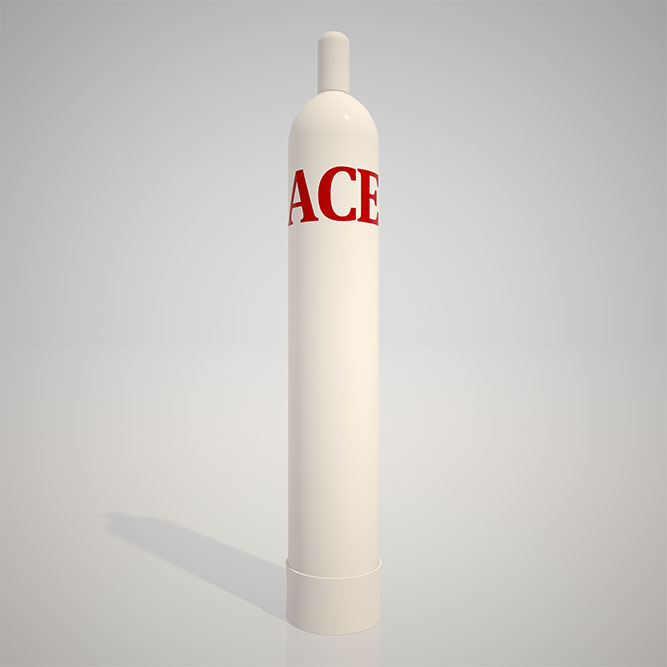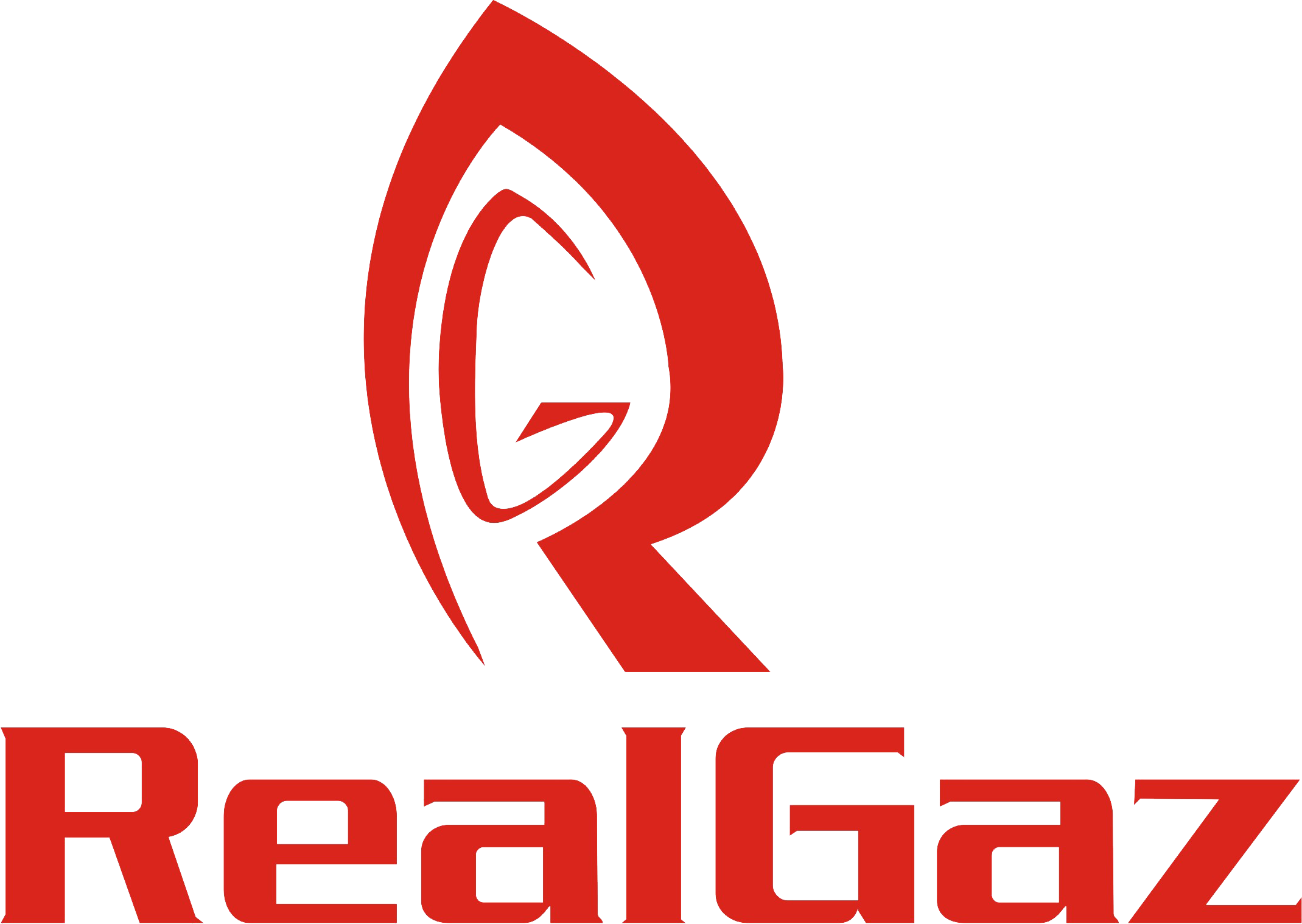Acetylene

Acetylene (systematic name: ethyne) is the chemical compound with the formula QHj. It is a hydrocarbon and the simplest alkyne. This colorless gas is widely used as a fuel and a chemical building block. It is unstable in pure form and thus is usually handled as a solution.Pure acetylene is odorless, but commercial grades usually have a marked odor due to impurities.
Approximately 20 percent of acetylene is supplied by the industrial gases industry for oxyacetylene gas welding and cutting due to the high temperature of the flame; combustion of acetylene with oxygen produces a flame of over 3600 K (3300 °C, 6000 °F), releasing 11.8 kj/g. Oxyacetylene is the hottest burning common fuel gas.Acetylene is the third hottest natural chemical flame after dicyanoacetylene's5260 K (4990 °C, 9010 °F) and cyanogen at4798 K (4525 °C, 8180 °F). Oxy-acetylene welding was a very popular welding process in previous decades; however, the development and advantages of arc-based welding processes have made oxy-fuel welding nearly extinct for many applications. Acetylene usage for welding has dropped significantly. On the other hand, oxy-acetylene welding equipment is quite versatile - not only because the torch is preferred for some sorts of iron or steel welding (as in certain artistic applications), but also because it lends itself easily to brazing, braze-welding, metal heating (for annealing or tempering, bending or forming), the loosening of corroded nuts and bolts, and other applications. Bell Canada cable repair technicians still use portable acetylene fueled torch kits as a soldering tool for sealing lead sleeve splices in manholes and in some aerial locations. Oxyacetylene welding may also be used in areas where electricity is not readily accessible. As well, oxy-fuel cutting is still very popular and oxy-acetylene cutting is utilized in nearly every metal fabrication shop. For use in welding and cutting, the working pressures must be controlled by a regulator, since above 15 psi, if subjected to a shockwave (caused for example by a flashback), acetylene will decompose explosively into hydrogen and carbon.
Acetylene is not especially toxic but, when generated from calcium carbide, it can contain toxic impurities such as traces of phosphine and arsine, which give it a distinct garlic-like smell. It is also highly flammable, as most light hydrocarbons, hence its use in welding. Its most singular hazard is associated with its intrinsic instability, especially when it is pressurized: under certain conditions acetylene can react in an exothermic addition-type reaction to form a number of products, typically benzene and/or vinylacetylene, possibly in addition to lamp black and hydrogen. Consequently, acetylene, if initiated by intense heat or a shockwave, can decompose explosively if the absolute pressure of tire gas exceeds about 200 kPa (29 psi). Most regulators and pressure gauges on equipment report gauge pressure and the safe limit for acetylene therefore is 101 kPaor 15 psig. It is therefore shipped and stored dissolved in acetone or dimethylformamide(DMF),contained in a gas cylinder with a porous filling (Agamassan), which renders it safe to transport and use, given proper handling. Copper catalyses the decomposition of acetylene and as a result acetylene should not be transported in copper pipes. Brass pipe fittings should also be avoided.
 ©2020
©2020